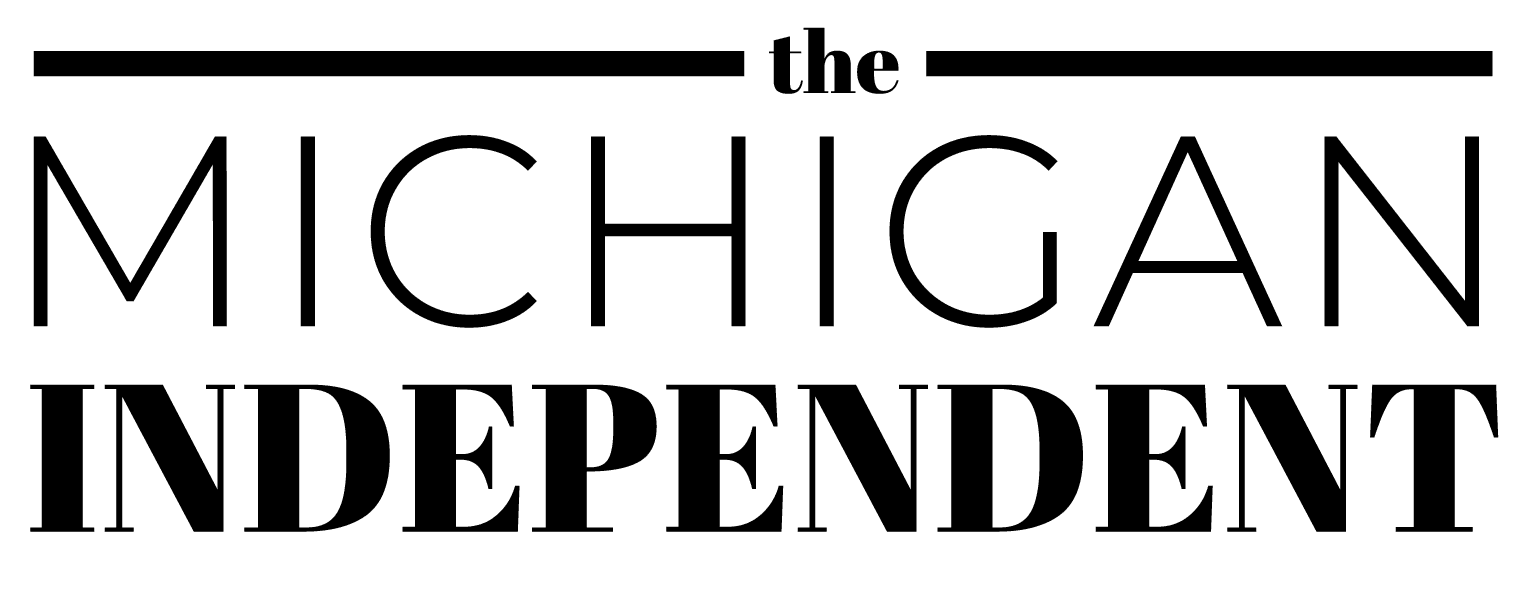Invasion of the Mollusks: Michigan and its Mussel Problem
Parker Wallis
Invasive mollusk species like the quagga and zebra mussels are negatively affecting Michigan’s Great Lakes, wildlife, and water infrastructure.
These mollusks are typically native to eastern Europe. Quagga hail from Dnieper River drainage in Ukraine while zebra mussels come from freshwater rivers and lakes in southeast Russia. These mussel habitats can stretch as far as the Black and Caspian Seas in western Asia.
Quagga mussels were first found in the Great Lakes in 1989, far from their home across the Atlantic, thought by scientists to have been brought here by ballast water discharge from transoceanic ships.
Though both are tiny at less than one inch wide, these mollusks can do significant damage in large numbers. Quagga and zebra mussels clog water intake structures, such as pipes and screens, and thus greatly increase maintenance costs for water infrastructure. They attach to boat hulls and clog engines, which increases drag and can lead to overheating and engine failure in some cases. Their shells are sharp and known to cut people traversing infested areas (i.e. docks, buoys, beaches, and rocky areas) without protection.
Moreover, the harm they cause to the local ecosystem cannot be overlooked. Zebra and quagga mussels frequently colonize native mussel species in groups of up to 10,000, often immobilizing and killing them. With how efficiently zebra and quagga mussels filter feed, they regularly outcompete native species for food, specifically phytoplankton, which zooplankton and other organisms need to survive. Rapid filter feeding also leads to improved water clarity, which consequently increases light penetration to deeper depths and can alter the composition of aquatic plant life and associated biomes. Additionally, they prove to be food sources for other invasive species, such as the goby, which then displace native fish in the area.
Uncontrolled populations of quagga and zebra mussels create an accumulation of pseudofeces in the water, fouling the environment, and as they bioaccumulate organic pollutants, they become a danger to the food chain. Predators like fish and crayfish that feast on these mollusks become contaminated before being consumed by humans, such as recreational fishermen. The invasive quagga and zebra mussels have been associated with outbreaks of avian botulism in the Great Lakes, leading to the deaths of tens of thousands of birds. The presence of these mollusks impacts the local wildlife as well as commercial and recreational fishing, all on which communities around the Great Lakes depend.
Since their discovery, measures have been taken to mitigate the invasive population. The Invasive Mussel Collaborative (IMC) in 2020 announced a stark decrease in the quagga population following experimental treatment at a test site near Sleeping Bear Dunes National Lakeshore. After using a molluscicide composed of dead bacteria cells on a reef in the Good Harbor Bay, the weeks following showed a 95% decrease of mussel density.
“The presence of zebra and quagga mussels has significantly impacted Good Harbor Bay and the entire Great Lakes basin,” noted Dave Clapp of the Michigan Department of Natural Resources. “This project and related efforts show us that targeted mussel removal has the potential to help us restore these important coastal reefs.”
Collaboration between the National Park Service, the University of Wisconsin-Milwaukee, and a team of citizen divers, with funding from the Great Lakes Restoration Initiative, continues to manually remove quagga mussels from the Sleeping Bear Dunes National Lakeshore and seeks to further study the effects of invasive mussel species on the food web and environment of the Great Lakes Region.
Reprinted from the Tri-City Record



